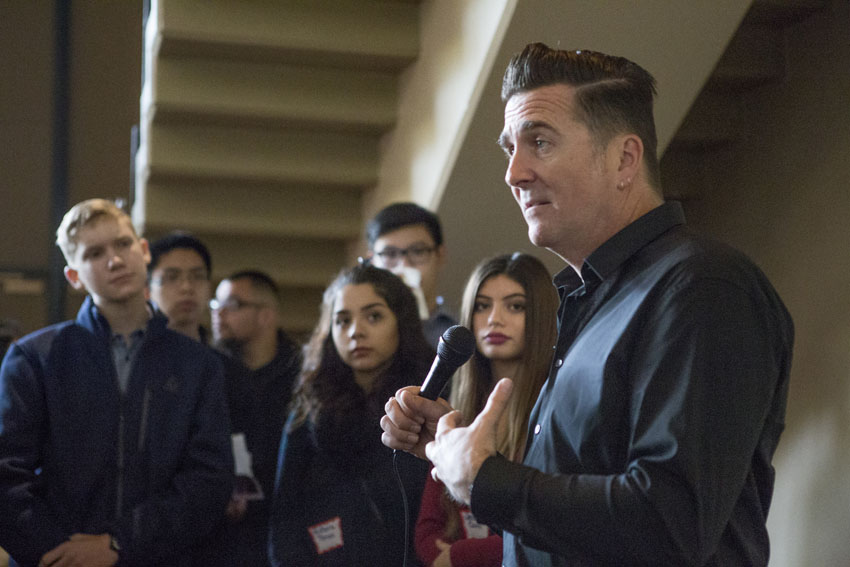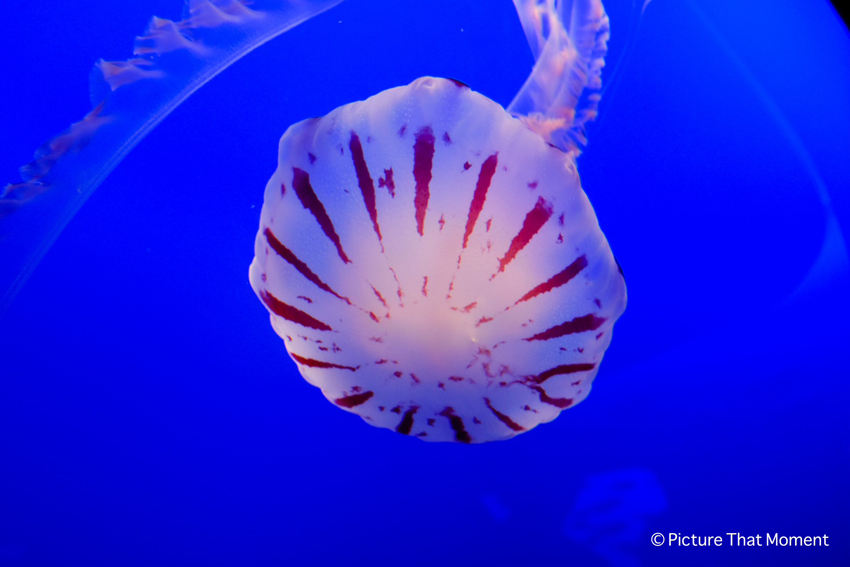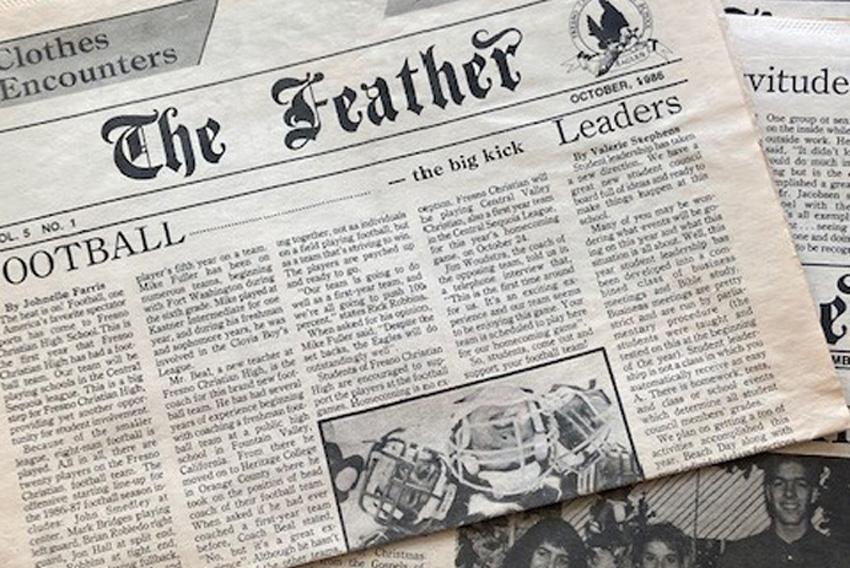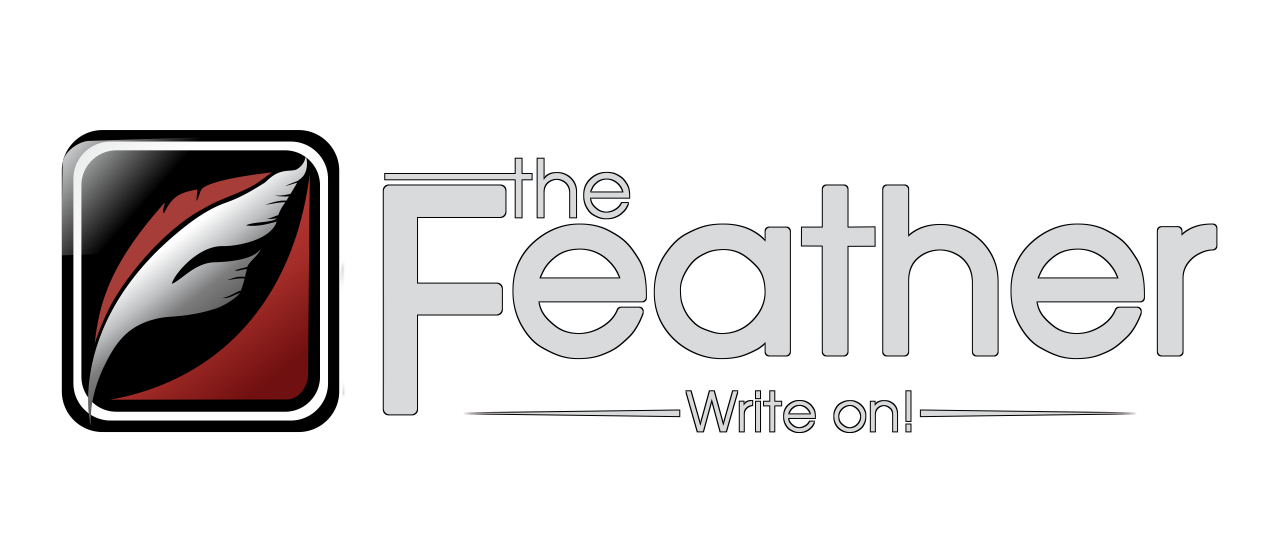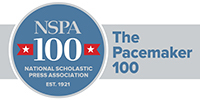Local Town Hall welcomes space enthusiast Adam Steltzner
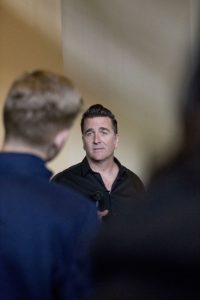
On Aug. 5, 2012, after 253 days of travel, the rover Curiosity reached the rocky red dwarf of Mars. A key contributor to the mission, Adam Steltzner, shared the story of getting the rover successfully to Mars. Steltzner came to the San Joaquin Valley Town Hall to speak on the journey to land the rover on Mars, human curiosity and his path to building robots, Jan. 18.
In high school, Steltzner focused more on the arts and music rather than academics. Schnetzler struggled with academics and at his graduation ceremony, he considered the possibility of not graduating high school.
“In the graduation ceremony at the high school I went to, they wouldn’t give your actual diploma,” Steltzner said. “The cool thing to do during the ceremony was to streak, which was to run naked across the stage. They were trying to combat the threat of streaking at the ceremony by keeping the diploma and you had to go back after the ceremony and get it.”
Though Steltzner had no intentions of streaking at his graduation, he refused to return after the ceremony. He feared the chance of not receiving a diploma.
“The assumption was that if you streaked, they wouldn’t give you your diploma,” Steltzner said. “It worked, but I never went back to pick up my diploma because I was actually worried it wouldn’t be there. I was worried that I didn’t actually graduate. You needed a C- or better in my environmental chemistry class, and I wasn’t sure if I got that.”
After high school, Steltzner traveled with a rock band and performed with them. He dreamed of eventually becoming a rock star. However, after cruising home one night from a performance, he noticed the constellation Orion, and how it moved since the time he had gone to the concert.
“One night I was returning home from playing a show,” Steltzner said. “I noticed that the stars were in a different place in the night sky than they had been when we drove out to the show. The stars in question were, in fact, the constellation of Orion, although I didn’t know its name at the time. I got curious to why the stars were moving. I actually thought the stars themselves were moving.”
Fascinated with celestial movements, Steltzner followed his curiosity to a local community college, where he enrolled in an astronomy class. However, the astronomy class required a course in physics, a step out of his comfort zone. Steltzner complied and took both classes.
According to the San Joaquin Valley Town Halls introductory profile on Steltzner, he continued his schooling and eventually earned a master’s degree from the California Institute of Technology as well as a Ph.D. from the University of Wisconsin, Madison. At the age of 35, Steltzner was working in NASA’s Jet Propulsion Lab as an engineer.
Steltzner and his team undertook a challenge that would take 10 years and $2.5 billion to complete. They planned to land a rover on Mars the size of a car. In order to land that rover, which later became known as Curiosity, Steltzner and his team had to overcome four challenges of successfully landing the rover onto the planet’s oxidized surface.
“If you want to land on the surface of Mars, it’s a challenge,” Steltzner said. “If you’re coming from Earth, you’ll come into the atmosphere at about 10,000 miles. We hit the atmosphere going 13,327 miles an hour. That’s so fast that the kinetic energy can melt or vaporize the entire spacecraft. We wrapped the spacecraft in a special shell that protects it from the intense heat. We shed that heat into the atmosphere of Mars and essentially burned a hole in the sky of Mars slowing it down.
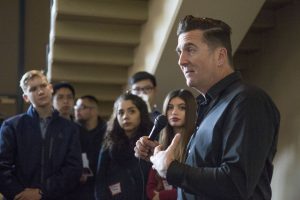
“That process slowed us down to about a 1,000 miles an hour,” Steltzner continued. “For Curiosity, we opened up the world’s largest supersonic parachute. About the width of this (Saroyan Theater) auditorium. Unfortunately, that didn’t slow us down enough. At the end of the parachute descent, we were going about 180 miles an hour. Not slow enough to land on the surface of Mars. Then we went to the rockets. Once you get through the rocket, your left with some last little bit of speed. For Curiosity, we were going 1.5 miles an hour. That final touchdown system to cushion the final blow gave us in some sense the greatest challenges in the mission.”
In order to achieve a successful landing, the NASA engineers developed a new method to safely deliver the rover to the Martian surface. The sheer weight of the rover was unlike its predecessors, and because of this, the methods used to deliver rovers on previous missions were ineffective. Curiosity weighed 2,000 pounds due to all of the equipment it carried onboard its car-sized frame.
“It was the touchdown system that gave us such a challenge,” Steltzner said. “We tried everything. Finally, in the summer of 2003, we gathered together every single person that had any significant contribution to any of the past large missions. In this room, there were gray-haired generals all the way down to young whipper snappers. We tried to figure out a way of landing the Big Rover. She wasn’t called Curiosity yet. After a couple of days of brainstorming, we emerged with this, we called it direct placement, but almost immediately people referred to it as the sky crane.”
Even after the group devised the new delivery system, they still needed to prove their outlandish idea to everyone else. The “sky crane” was backed by basic engineering principles, but people still thought it would not work.
“I was the guy who did a lot of the speaking and so I came up with a statement I would make before I mentioned the sky crane,” Steltzner said. “It goes like this: ‘Great works and great folly may be indistinguishable at the outset.’ I love statements like this because they are true, and also meaningless.”
Steltzner and his team worked for nine years on the Curiosity mission. They had no way of truly proving their theories would work on Mars because they had no way of truly duplicating the unique conditions of the red dwarf.
“For us, we only had one test, an expensive one, $2.5 billion and ten years of our lives,” Steltzner said. “On August 5 of 2012, the team gathered together and collectively we held our breath to see if, in fact, we had done great folly or perhaps a great work.”
“We successfully landed, and we made sure the spacecraft was in good shape,” Steltzner said. “We took a look at the undercarriage to make sure we hadn’t landed on a rock. They patted all of us landing guys on the back and told us to go find other work. We were actually just the movers. A whole new group of individuals came in to operate the vehicle on the surface.”
In high school, Steltzner feared failure and refrained from putting all of his effort into his work. Later in his life, he overcame his fear of failing when trying his hardest.
“My advice to somebody who is failing is first is is neither here nor there to fail or to succeed,” Steltzner said. “Let go of all of that because sometimes the fear of that judgment can get in the way of you putting your all into it. That’s a frequent thing that happens. We fear failure so we don’t really try because we don’t want our full effort judged in some way. Accept the F within you, and once you have accepted the F, forget the F and bring all of yourself to your work.”
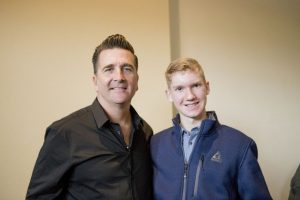
When looking for someone to employ, Steltzner first looks at their grasp of the essentials. He believes that those who are not grounded in the very basics of engineering will ultimately fail in their projects.
“What I always look for in a potential employee, is somebody who has a grasp of the essentials,” Steltzner said. “There are like half a dozen equations of motion that govern almost all of the universe as we understand it. That really tight grip on the essential of the physics that is underpinning something is great. I’m always really drawn to that in a potential employee. When you get into designing a complicated engineering system, things can get very complicated.
“There are lots of details and you can almost lose the essence in the details of all of it,” Steltzner continued. “If you don’t have a tight grip on the essential physics you can find yourself designing something that is eventually flawed, it has strayed away from the basic laws of physics. It is doomed to fail and you don’t realize it because you can not connect with the essential departure from the appropriate physics.”
In 2020, NASA plans to begin a three-part mission to bring samples of Mars to Earth for examination. Adam Steltzner will be serving as chief engineer for the first segment of the Mars sample return mission.
To read the last SJV Town Hall article, check out, Wes Moore reaches audience through humor, relatable message.
This writer can be reached via Twitter: Samuel Cross and via email: Samuel Cross.
For more Top 5 articles read, Clovis West alumnus turns heads during freshman season.



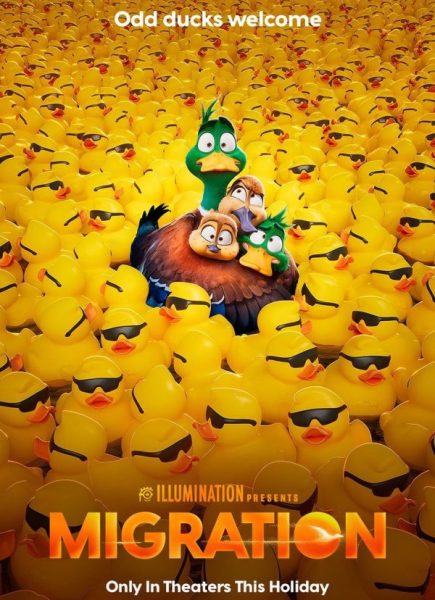

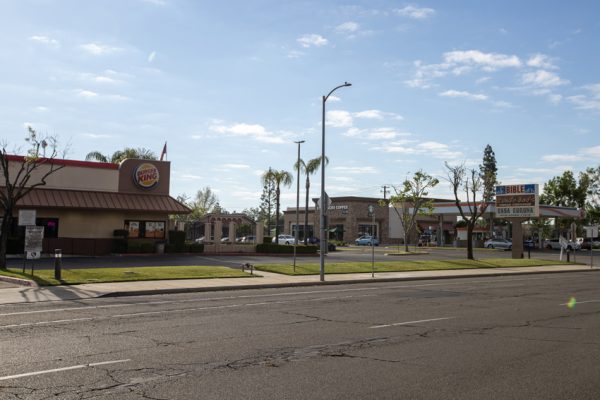


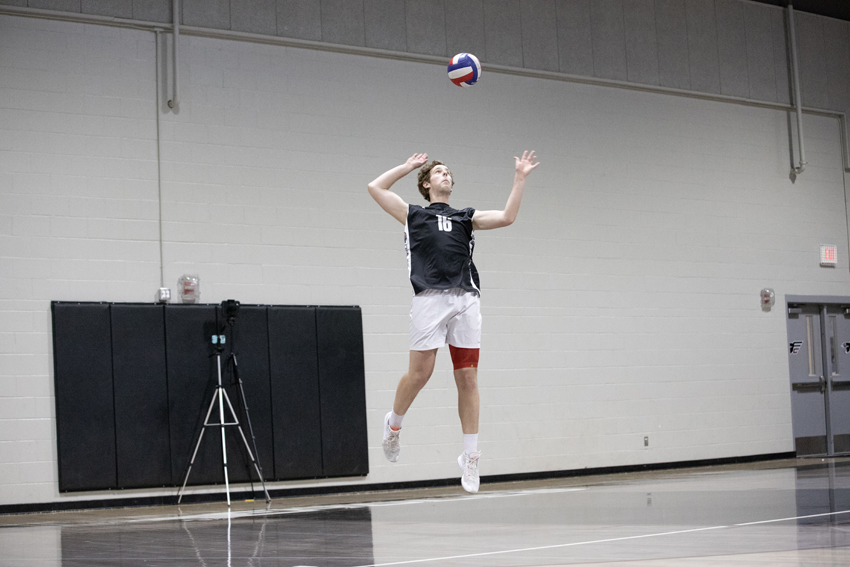
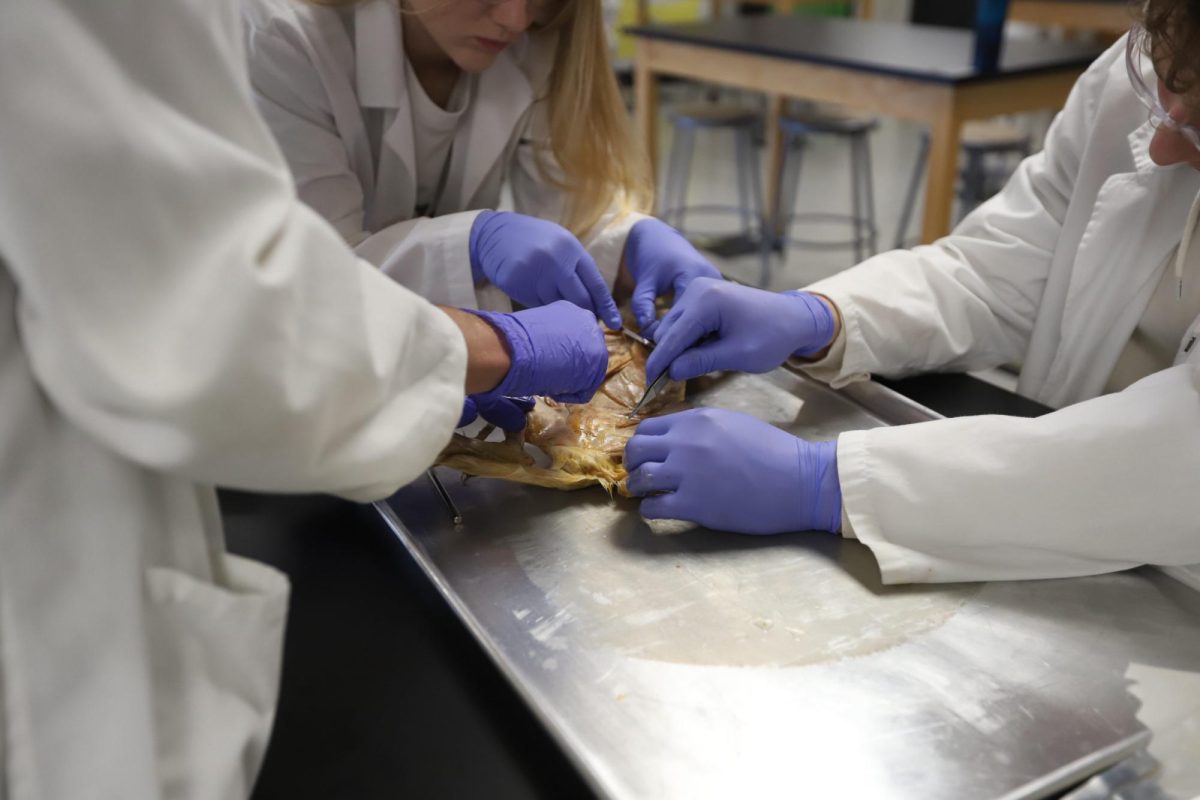
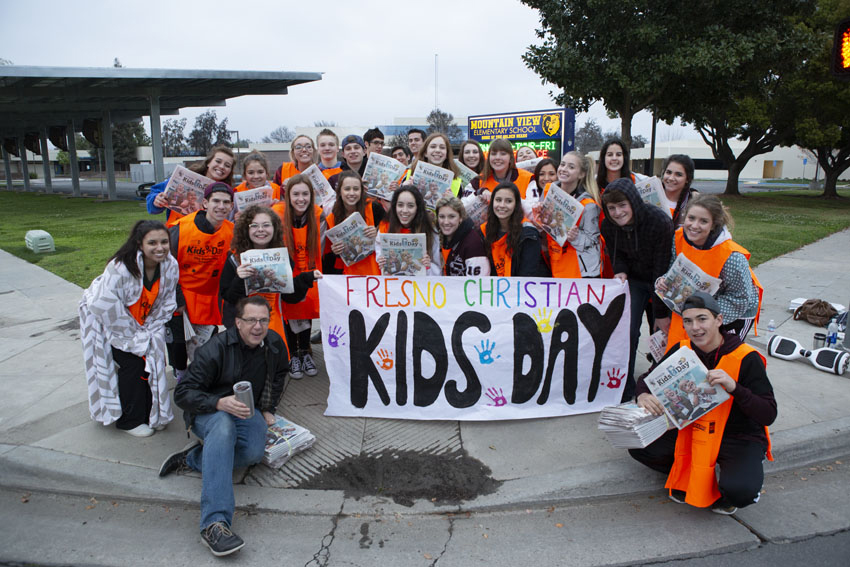
![[Video] 100th CSPA Spring Journalism Conference](https://thefeather.com/wp-content/uploads/2024/04/20240308-cspa-crown-002.jpg)
